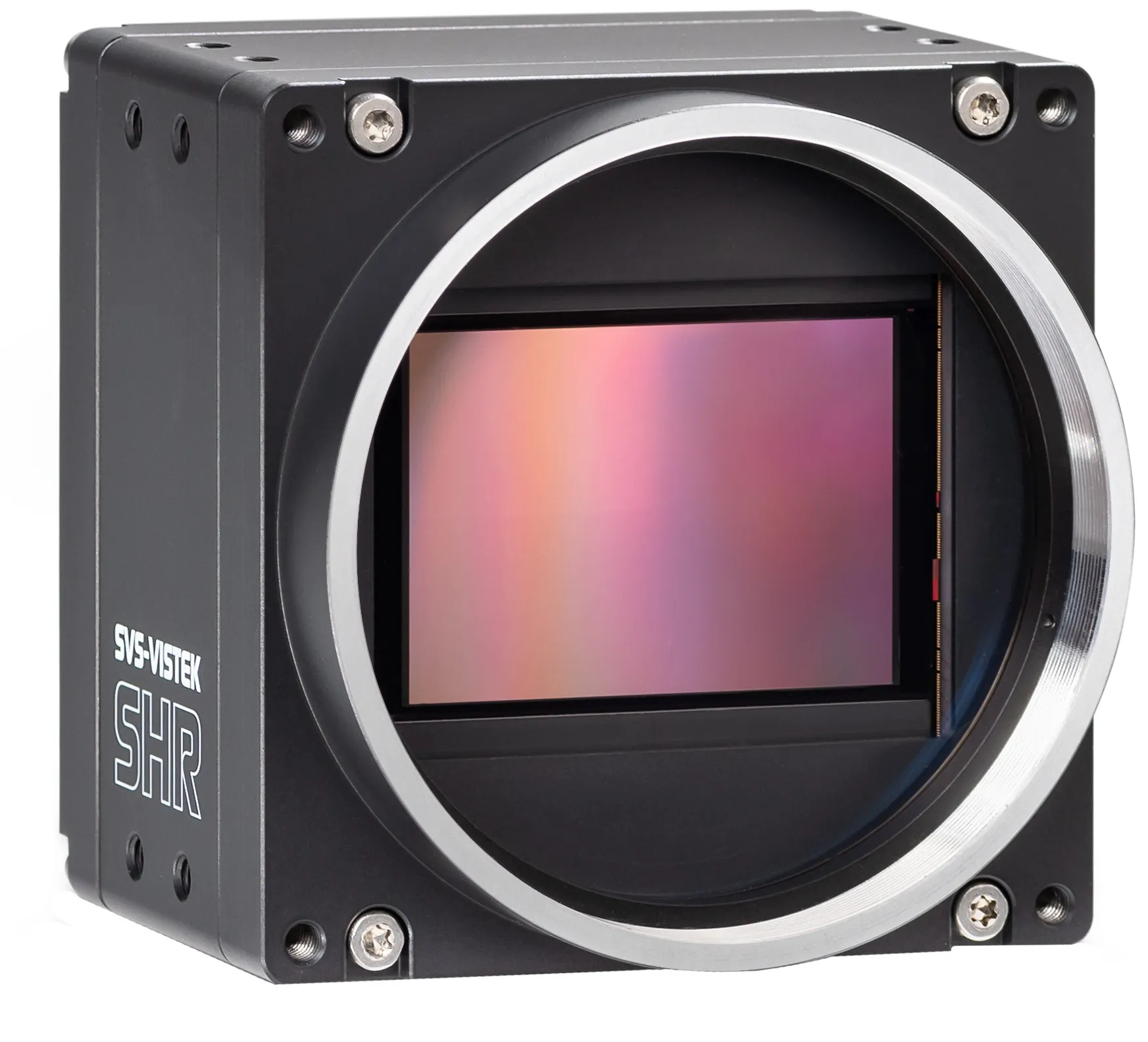
Both units include an OLED display and a configuration wizard to configure the monitor for standard eight-phase, dual-ring operation using a series of questions. The wizard can set up eight flashing yellow arrow (FYA) types (A-H) plus set up and monitor eight additional FYA types (I-P). It assists users to define and monitor any type of left turn including protected, FYA and PPLT5 and will make recommended settings for: dual indication/field check enabled; per channel red enabled; flashing “Don’t Walk” monitoring; FYA settings; and LED thresholds.
The OLED display allows access to all configuration settings, real-time monitor status, with applicable AC and DC voltages, advanced diagnostic information, all MMU logs including the 12 most current signal sequence log and context sensitive help screens.
The 77 ultra-bright LEDs convey field status information to the user. Each of the 16 channels has a red, yellow and green LED to provide a concise and intuitive indication of the status of all channel inputs. Channels 1 through 12 have a white LED to indicate “Walk” in the Type-12 mode.









